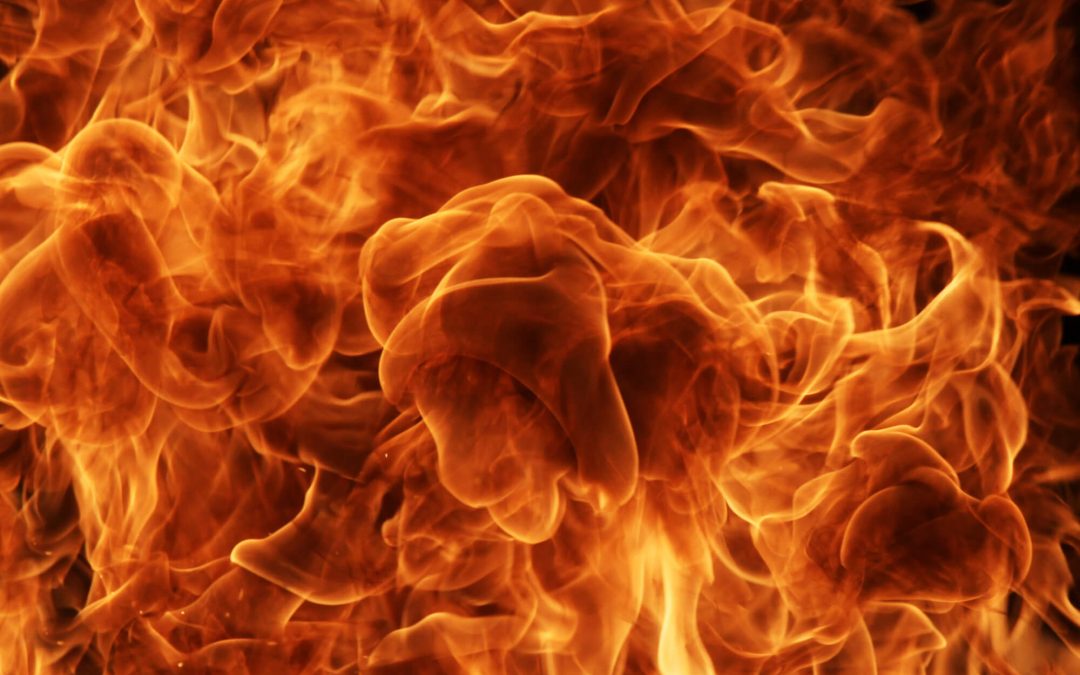All buildings must comply with legislation and regulation concerning fire safety. Building owners and managers that fail to ensure that their properties are adequately safeguarded against fire hazards could face harsh penalties, or even imprisonment. Fire engineering is the process of implementing protections against fire hazards, which makes it essential for all modern buildings. Fire engineering is complex, and has many different components.
Fire Hazard Inspections are Essential
One of the key components of fire engineering is thorough and extensive inspections. Inspections, carried out by fire engineering companies, will quickly highlight all vulnerabilities and areas of improvement regarding fire safety. Building owners and managers that fail to get high-quality inspections for their properties will fail to spot major areas that require attention, especially when it comes to conforming to all of the complex regulations and legislation currently in place.
Fire hazard inspections are relatively quick, and are minimally disruptive towards the regular operations conducted within the building. Generally, the inspection will focus on the key areas where fire hazards are most likely to occur. For example, a disproportionate amount of fires start within kitchens. Hence, many inspections will pay particular attention to any kitchens and areas of food preparation within a property. After the inspection, a report that summarises the overall fire protection of the building is collated.
Fire Upgrade Suggestions and Requirements
 Many fire engineering inspections will result in various recommendations and suggestions regarding the fire safety of the building. These recommendations might be voluntary, while others will be compulsory. For example, some implementations might be required by law, which is why it is compulsory that the property manager or owner act immediately to implement the feature. For most modern buildings, the result of the report will only contain suggestions of varying degrees of importance.
Many fire engineering inspections will result in various recommendations and suggestions regarding the fire safety of the building. These recommendations might be voluntary, while others will be compulsory. For example, some implementations might be required by law, which is why it is compulsory that the property manager or owner act immediately to implement the feature. For most modern buildings, the result of the report will only contain suggestions of varying degrees of importance.
Most fire safety specialists recommend building managers and owners to be proactive in how they implement fire safety features. Simply conforming to the bare-minimum requirements that are required by law is generally seen as bad practice. In order to ensure maximum levels of safety, it is imperative that proactive measures that improve upon current fire hazard features are put in place.
Building Design Advice for Fire Safety
Fire engineering also involves consultations regarding the fire safety design and structure of a building. These consultations revolve around choosing structural designs that ensure maximum safety in the case of a fire. Many older buildings, particularly those that use flammable materials, are incredibly vulnerable to fires. Hence, many modern building designs are made with fire safety as a top consideration. Furthermore, legislation and regulations also require new buildings to meet much higher standards of fire safety than older buildings.
Consultants that specialise in fire engineering can provide comprehensive recommendations regarding the best way to design and structure a building. These consultants can work with the building manager to come up with solutions that ensure safety from fire hazards, while also maintaining the original aesthetic appeal of the building. It is critical that anyone looking to construct a new establishment consult with fire hazard experts to ensure that there are no areas of vulnerability.
Evacuation Plans and Smoke Management Recommendations
Another critical component of fire engineering is evacuation plans. Preventing fire hazards, as well as installing fire resistance building components is important. However, evacuation plans are just as essential. There are many laws that require a building to have a comprehensive evacuation plan should there be fire. These plans should be simple to follow, yet go through a complex formulation process that takes into account all of the major hazards inherent within the building.
Designing a high-quality evacuation plan is only possible through the advice and recommendations of fire engineering specialists. These professionals will understand all of the key requirements needed for a plan for evacuation. Through extensive inspections and analysis, an evacuation plan that not only conforms to regulations but also is the most effective at securing safety can be created.
In addition to evacuation plan formulation, consultations regarding effective smoke management are also possible through fire engineering consultants. Many forget that the majority of deaths that occur from a fire is from smoke, not from the fire itself. With this in mind, putting in place a range of features that minimises smoke in the event of a fire is crucial.

